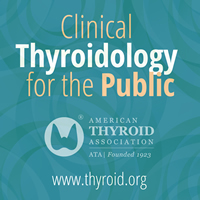Summary
Background
Acne vulgaris is the most common inflammatory sebaceous gland disorder in young adults. The resistant strains of Propionibacterium acnes (P. acnes) are of increasing concern in the treatment of acne.
Objectives
To evaluate the efficacy of 0.5% topical mangosteen extract in nanoparticle loaded gel (containing alpha‐mangostin) compared with 1% clindamycin gel for treatment of mild‐to‐moderate acne vulgaris.
Methods
Patients aged 18‐40 years were enrolled in this double‐blinded, split‐face, randomized, control study. The 2.5% benzoyl peroxide cream was applied to both sides of the faces once daily for 5 minutes and washed off. Each patient was randomly treated with the mangosteen fruit rind extract on one side and 1% clindamycin on another side of the face twice daily for 12 weeks. Treatment efficacies and side effects were evaluated on every follow‐up.
Results
Twenty‐eight patients, 24 female (85.7%), mean ± SD age of 25.14 ± 5.8, with Global Acne Grading system (GAGs) score of 15.43 ± 5.96 were included. Mangosteen fruit rind extract significantly showed significant 66.86% and 67.05% reduction of comedone and inflammatory lesions (P < 0.001) after 12‐week treatment. The improvement on both treated sides significantly showed since 2 weeks after treatment, without statistical difference between two groups. Nonetheless, the mangosteen fruit rind extract revealed significantly better improvement of clinical severity, with no severe side effects.
Conclusions
The mangosteen fruit rind extract formation could be a phytopharmaceutical medication for effective treatment of mild and moderate acne vulgaris treatment comparable to 1% clindamycin gel, with no severe side effects.
http://bit.ly/2FToFUs

